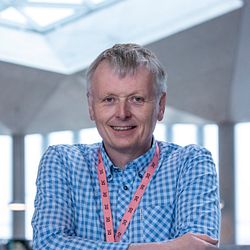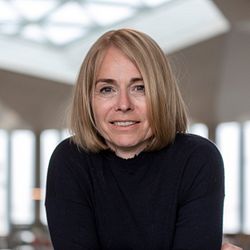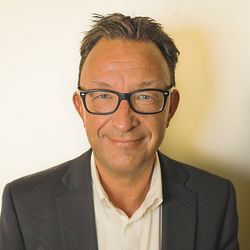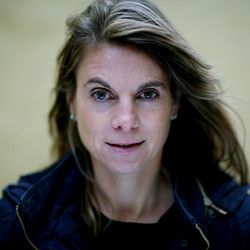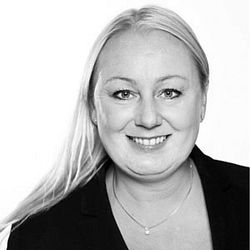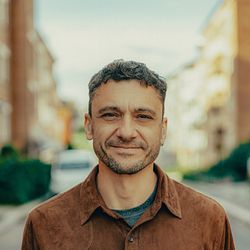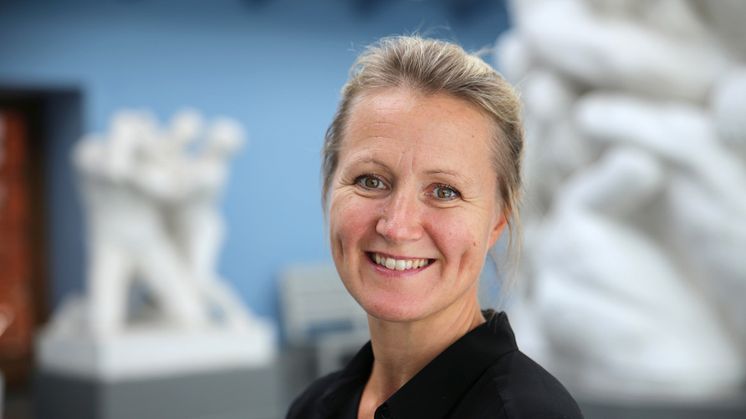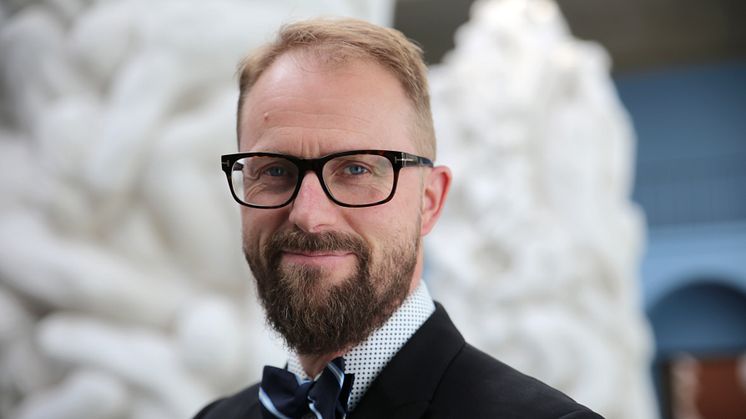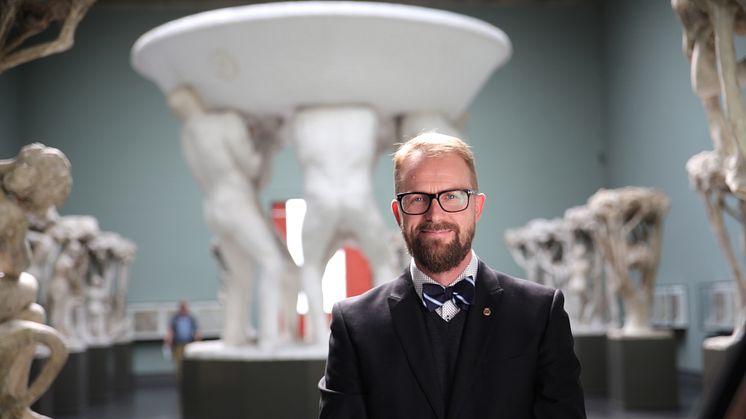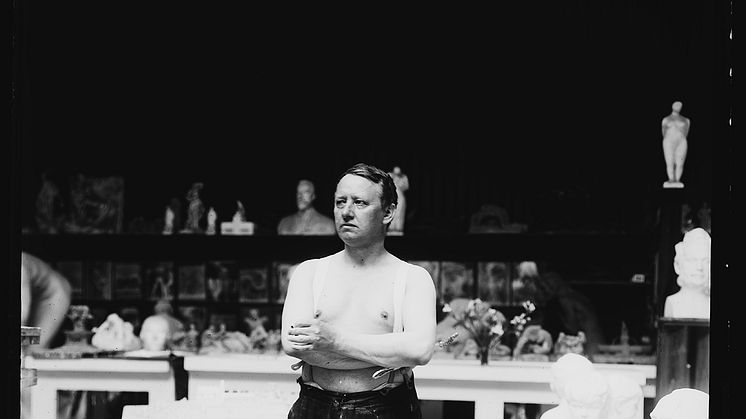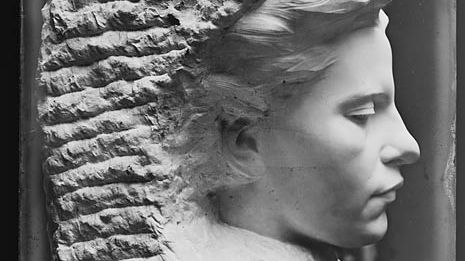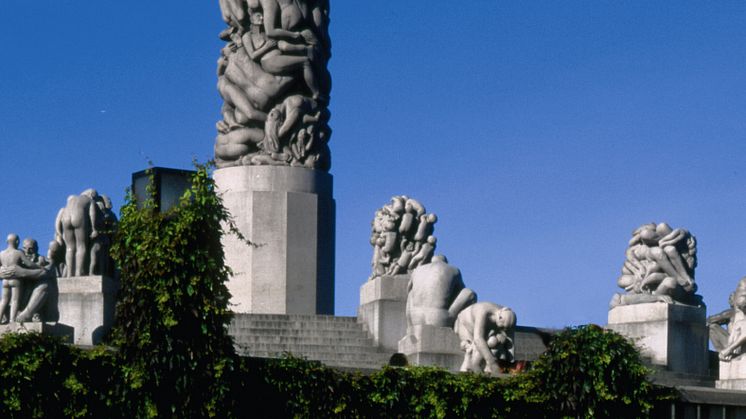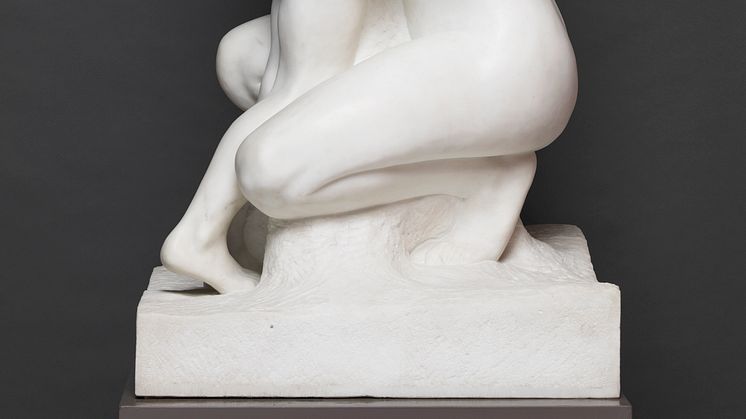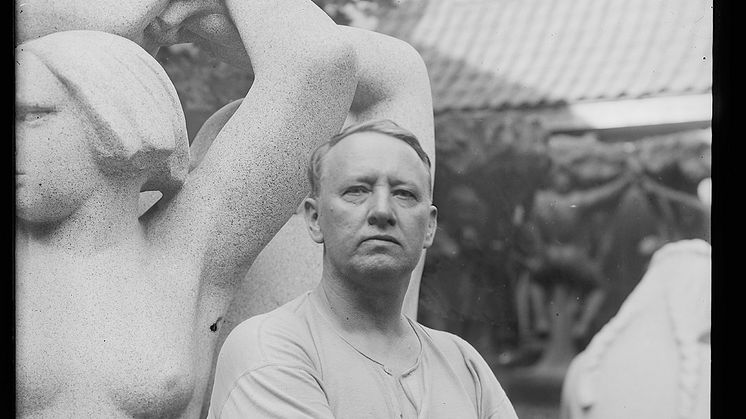
Nyhet -
Gustav Vigeland (1869-1943) Chronology
Gustav Vigeland (1869-1943)
1869
Born on 11 April in Mandal, Southern Norway, the second oldest of four siblings. Explored his creative talent from an early age in his father’s carpentry workshop.
1884
Came to Kristiania (today Oslo) at the age of fifteen to work as an apprentice under the woodcarver Torsten Kristensen Fladmoe. Remained in the capital for one and a half years.
1886
Returned home to Mandal, where his ailing father died shortly after from tuberculosis. Studied diligently everything from illustrated exhibition catalogues to anatomy books.
1888
Returned to the capital after two years in Southern Norway and finally pursued his ambition to become a sculptor.
1889
Worked in the studio of Brynjulf Bergslien (1830–90) and followed a course given by Mathias Skeibrok (1851–96) at the Royal School of Design. Made his debut at the Annual Autumn Exhibition with Hagar and Ishmael.
1891
First study trip, to Copenhagen, which lasted for almost a year. Was given a place to work in the studio of Vilhelm Bissen (1836–1913), and also received some guidance from the older sculptor. Viewed contemporary French sculpture at Glyptoteket, and modelled his first major work, Accursed.
1892
Exhibited Accursed at the Annual Autumn Exhibition, where Auguste Rodin’s Head of Saint John the Baptist also was on display.
1893
First trip to Paris (January–June) where he visited Rodin’s studio.
1894
Exhibited Accursed in the Sculpture Museum in Kristiania. Moved to Pilestredet 8 in Kristiania, where he completed Hell in August. Opened his first solo exhibition in October, which lead to his artistic breakthrough.
1895
Travelled to Berlin and Florence. In Berlin, he frequented the artist circles which included figures such as Edvard Munch, Stanisław Przybyszewski, Julius Meier-Graefe, Richard Dehmel, Count Harry Kessler and Jens Thiis. In Florence, Vigeland was inspired by the art of antiquity and the Renaissance.
1896
Stayed in Florence from 4 February until 21 August, spent three weeks in Rome and Naples in May.
1897
The second version of Hell was completed (the first version was destroyed by the artist in 1900). Wrote to both Meunier and Rodin, asking where he could buy photographs of their work. Przybyszewski published the first book on Vigeland, On the Paths of the Soul.
1898
In desperate lack of an income, Vigeland accepted his first commission for the sculptural decoration of the Nidaros Cathedral in Trondheim. All together he modelled 44 sculptures for the Cathedral in the period 1898–1902, and spent several periods working on site in Trondheim.
1899
Arranged his second and last solo exhibition in Kristiania, which received glowing reviews and underscored his position as one of Norway’s leading sculptors.His daughter Else was born. The child’s mother was Laura Mathilde Andersen, with whom he started a relationship with 1894 when she stood as a model for Hell. In 1901 she gave birth to a son, Gustav.
1900–1901
Met 16-year-old Inga Syvertsen, who was to become his lover and assistant for the next 20 years. Spent one year in France and England where he studied Gothic architecture. In Paris, he visited the Universal Exhibition, and in London he discovered the Parthenon sculptures in the British Museum. In January 1901 he was awarded the Royal Norwegian Order of St. Olav, Knight of First Class.
1902
Participated with six sculptures at the Nordic Art Exhibition in Keiser Wilhelm Museum in Krefeld. Took over an old studio at Hammersborg in Kristiania, owned by the City. Moved from Pilestredet to an apartment in Fredensborgveien 1 in October. Inga Syvertsen, who was now 19, moved in with him, officially as his housekeeper.
1903
Participated in the exhibitionEntwicklung des Impressionismus in Malerei u. Plastik in Viennaas the only artist from Norway.
1904
Exhibited the bust of Sophus Bugge at the International Art Exhibition in Düsseldorf. The bust was also exhibited in Stockholm, and bought by the National Museum in Sweden.
1906
Invited by the painter Erik Werenskiold to participate in the Norwegian Exhibition in Charlottenborg, Copenhagen, where he exhibited six portrait busts. Exhibited his model of the Fountain in the Museum of Applied Art City in Kristiania from 15 October until 21 November. The exhibition was a tremendous success, with some 30.000 visitors. His Fountain also received international attention.
1907
A resolution was passed to commission the Fountain for Eidsvoll Square in front of the Parliament. Exhibited two portrait busts (Jonas Lie and Henrik Ibsen) at theInternational Portrait Exhibition in Kaiser Wilhelm Museum in Krefeld. Spent two weeks in Paris with Inga in August. On his way back, he visited Ernest Thiel in Stockholm.
1908
Travelled to Paris in May to see exhibitions, and visited Copenhagen in October. The plan was to continue to London, but there are no records of this taking place. Several trips to Copenhagen the following years. The Abel Monument was unveiled in the Palace Park – Vigeland’s definitive breakthrough as a sculptor.
1909
Participated, together with Edvard Munch, in Kunstnernes Efteraarsudstilling [Artists’ Autumn Exhibition] in Charlottenborg in Copenhagen, and the two were presented as ‘the two great’ Norwegian contemporary artists. Showed an interest in the art of Paul Gauguin.
1910
The Beggars was exhibited in the Universal Exhibition in Brussels. The painter Halfdan Strøm reported that Vigeland’s group received a great deal of attention, not least among artists.
1911
Participated in the Esposizione internazionale di Roma in April with The Beggars and “Man and Woman” (probably Adoration), and at the Norwegian Exhibition in Helsinki, where he and Munch were referred to as ‘the two masters’. Travelled to Northern France and Holland in July.
1912
Exhibited about 30 sculptures in the National Gallery, both new and old. Critics detected a change of style in his new works. Ordered photographs of sculptures by Maillol and Matisse. Curtailed both his travels and his exhibiting activities after 1912.
1913
Short trip to Paris to see an exhibition of Chinese art.
1914
Travelled to Malmö in Sweden to see a Baltic exhibition.
1921
Signed a contract with the City of Kristiania, which assumed ownership of all of his artwork in exchange for giving him a studio that would serve as a museum after his death. Breakup with Inga Syvertsen.
1922
Married Ingrid Vilberg
1924
The City approved the proposal to place The Fountain in Frogner and he devoted the remainder of his life to the sculpture park. He modelled The Monolith in clay in 1924–25. In 1929 the work of carving the 121 figures on the17-metre-high column began. It would take three stone carvers 13 years to complete the task.
1929
Received the Grand Cross of the Order of St Olav ‘for his masterpieces as a sculptor’.
1943
Contracted a heart infection in January and was admitted to Lovisenberg Hospital, where he died on 12 March.
1947
The studio in Frogner opened as a museum. The collection contains around 1,600 sculptures, 12,000 drawings and 420 woodcuts. In addition the museum manages several thousand letters, notebooks, photographs and about 5,000 books.
